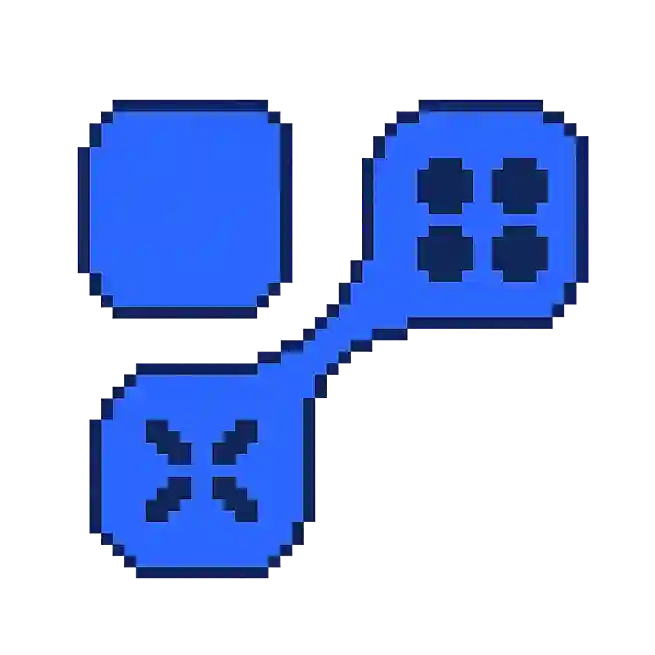Rotational Drift in Gaming: What Does It Mean?
Rotational drift is a gaming term often used to describe unintended or unexpected changes in a player's aim or directional control due to hardware or input device issues. This phenomenon can occur in various types of games, including first-person shooters, racing games, and any genre that relies heavily on precise control inputs.
Causes of Rotational Drift
Understanding the causes of rotational drift can help players mitigate its effects. Here are some common causes:
- Hardware Malfunction: Over time, wear and tear on controllers, especially analog sticks, can lead to drift. This is often due to the physical components inside the controller becoming loose or worn.
- Calibration Issues: Sometimes, the input devices are not calibrated correctly, leading to inconsistencies in directional control.
- Software Bugs: Certain games or system updates may introduce bugs that affect how the hardware inputs are processed.
Game Mechanics Affected by Rotational Drift
Rotational drift can significantly impact gameplay, particularly in scenarios requiring precise movements or aiming. Here are some areas where drift might be noticeable:
- Aiming in Shooter Games: Unintended drift can cause the player's aim to shift away from targets, making it challenging to hit enemies accurately.
- Vehicle Control in Racing Games: Drift can cause vehicles to veer off the intended path, affecting lap times and overall performance.
- Character Movement in Open-World Games: Navigating through complex environments can become difficult if the character moves in a direction not intended by the player.
Strategies to Mitigate Rotational Drift
While rotational drift can be frustrating, there are several strategies players can employ to reduce its impact:
- Regular Calibration: Ensure that controllers and input devices are regularly calibrated through the gaming console or PC settings to maintain accuracy.
- Controller Maintenance: Clean and maintain your controllers to prevent dust and debris from causing mechanical issues.
- Software Updates: Keep your games and system firmware updated to benefit from any patches that address drift-related issues.
- Consider New Hardware: If drift persists, it may be necessary to invest in a new controller or input device.
For more detailed information on controller maintenance and calibration, you can refer to resources like this guide on controller care.


